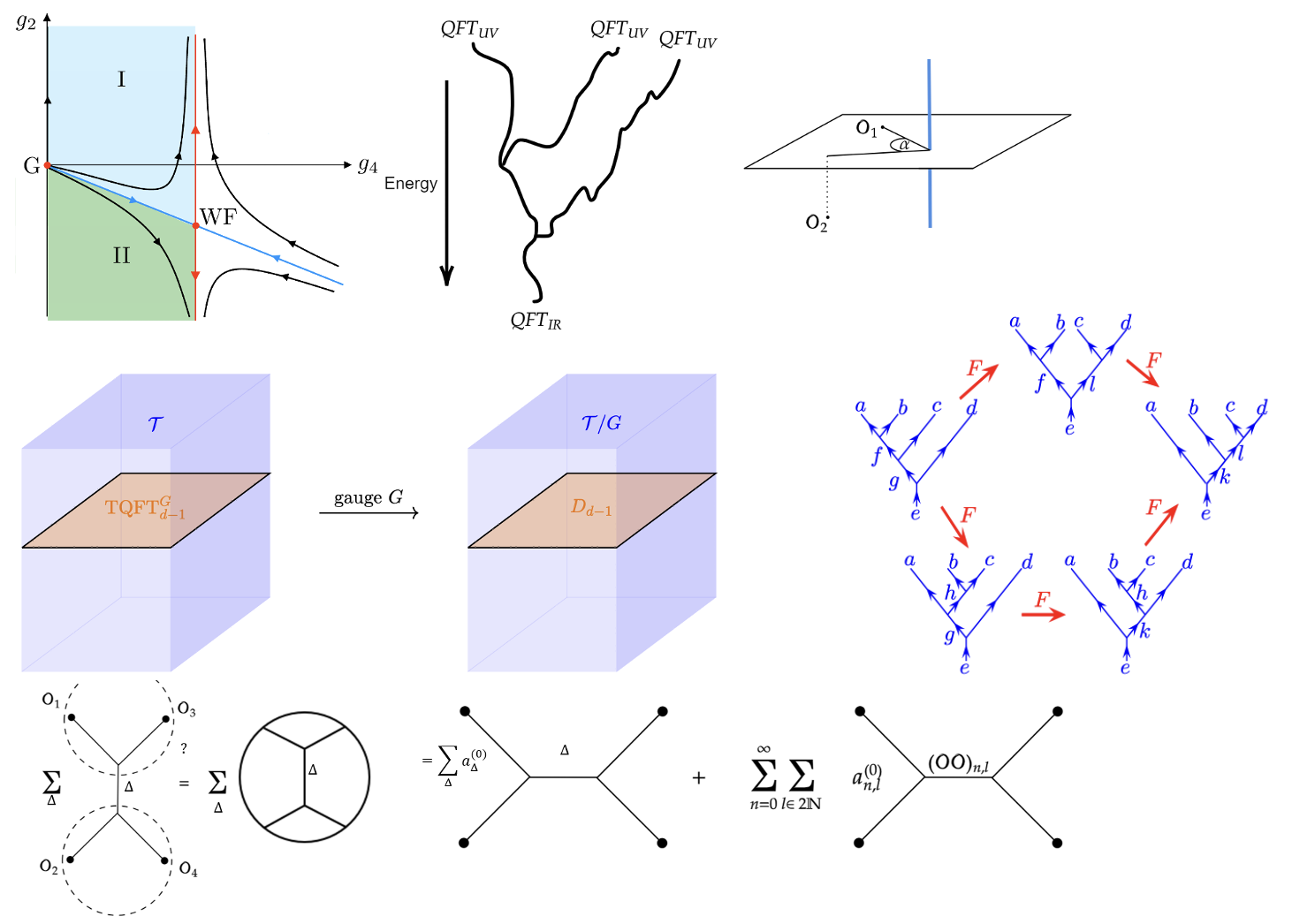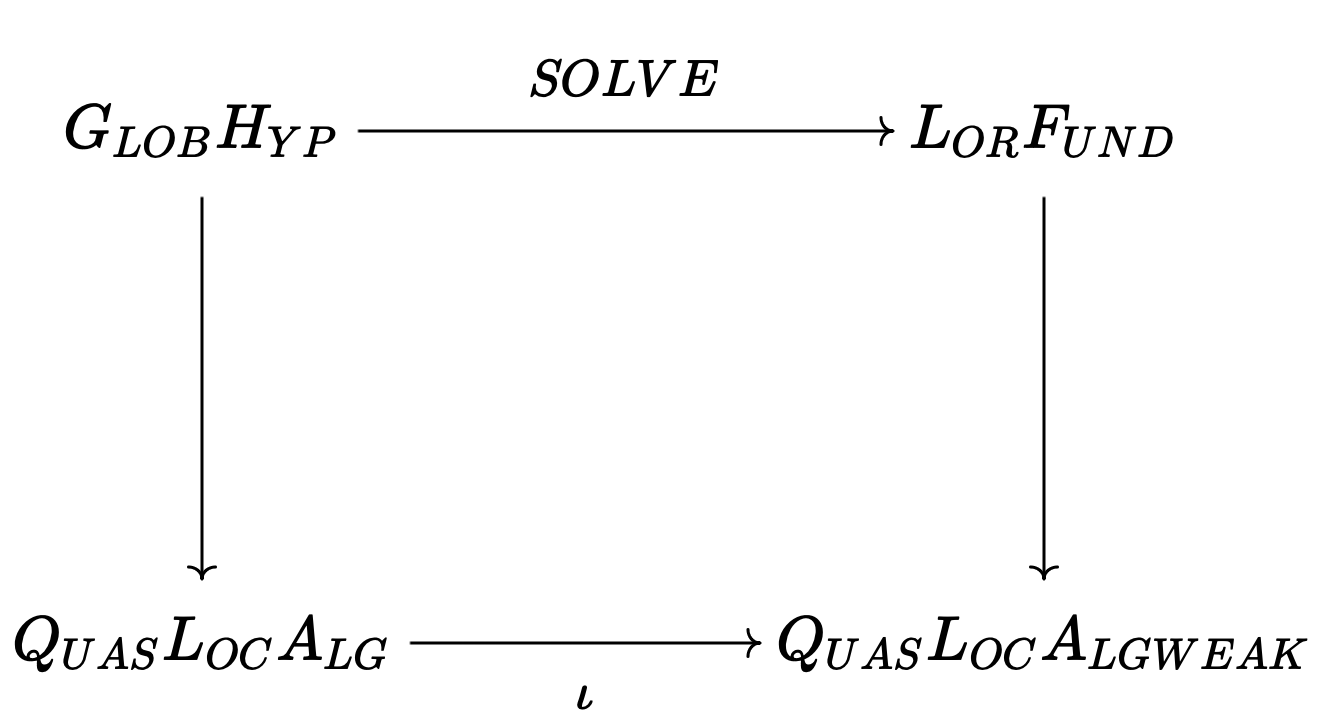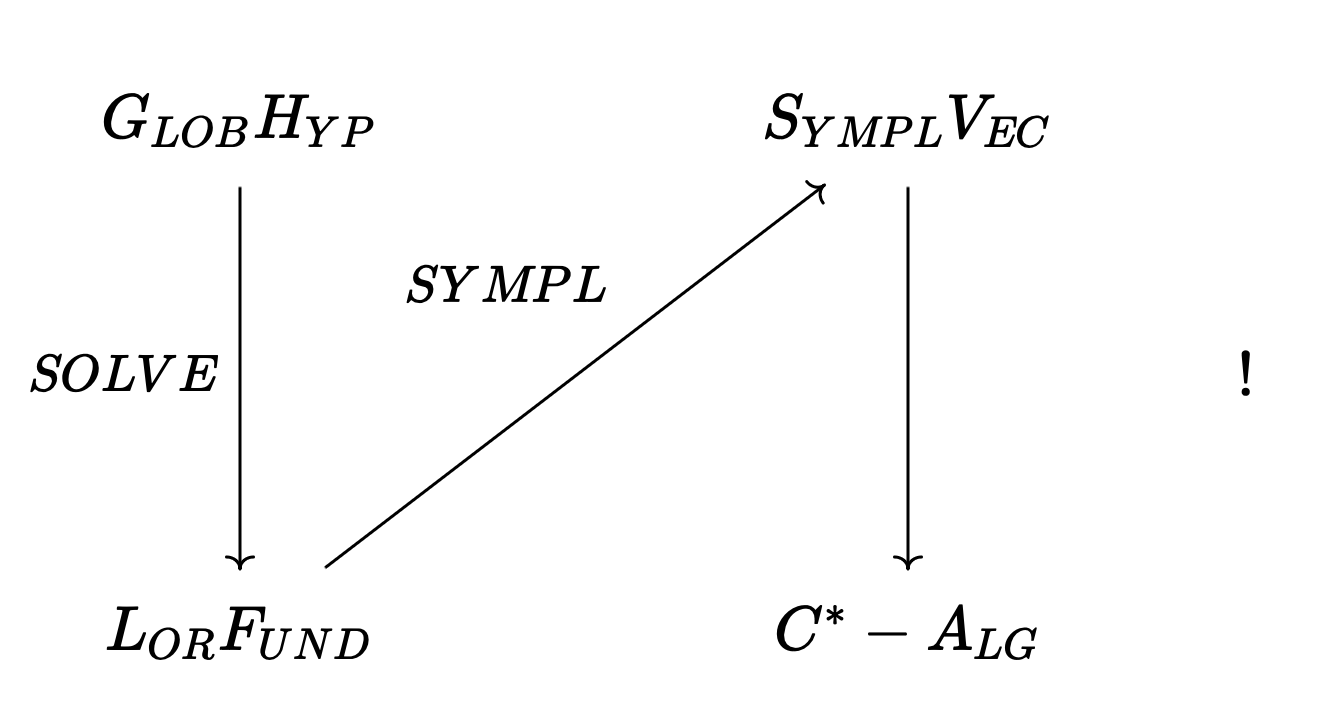
My name is Rafael Cordoba. I am a physicist and matematician interested in foundational aspects of QFTs, CFTs, generalized symmetries and quantum gravity. Right now I have been exploring the following topics:
- RG flows, CFTs and defects:
- Boundaries: Topic of my diploma project with Agnese.
- Lines: Project with Miguel
Currently I am student of the École Normale Supérieure (ENS)– PSL in Paris, France.
Click here to see what I been up to (non-academia).
Internship: Bootstrapping gauge theories
We continue the exploration of the "Bootstrapping gauge theories" program. We found an improvement of the bootstrap and identify the exact S-Matrix for the pion-pion scattering. Results can be found here.
2024 IHES Summer School: Symmetries and Anomalies: a Modern Take
Courses on Generalized Symmetries, anomalies and their relations with high energy, condensed matter and mathematics. Continue reading
2024 ICTP Spring School
School on S-Matrix bootstrap, entropy formulas in AdS/CFT, celestial holography and... Here are some lecture notes and project from Spring School on Superstring Theory and Related Topics
Continue readingPosts and Notes
Project Nodes
Full graph of projectsArchives
- Chern-Simons theory
- BPS geometry
- Gauge Theory and Quantum Geometry
- Topological strings
- Generalized symmetries, Phases of Gauge Theory
- anomalies in condensed matter physics,
- Higher Symmetry in Particle Physics.
- T. Osborne Introduction to Conformal Field Theory – Intro to CFT d>1, Quantum CFTs and radial quantization. Lecture notes here
- Lecture notes can be found here
Generalized symmetries and topological defects in 2d CFT
These notes explore the interplay between two-dimensional conformal field theories (2D CFTs) and generalized symmetries. The motivation of this interplay is shown from the perspective of boundary and interface CFTs,
2024 Les Houches Summer School: Quantum Geometry
Summer course on Quantum Geometry at Les Houches: Courses on Mathematical Methods for Gravity, Gauge Theories and Non-Perturbative Physics.
Bootstraping Gauge Theories
In this text we consider the S-Matrix bootstrap of the 2−2 Pion amplitude as introduced on [2]. We start by considering the general constraints of analyticity, crossing symmetry and unitarity and further restrict the space of amplitudes to match the UV (QCD) and IR (Chiral Perturbation Theory) symmetry information where many results can be found in the literature and are well understood. The crucial realization, for which this work became feasible, is that one can extract information out of these theories using a procedure known as the Form Factor bootstrap to constrain the space of allowed amplitudes matching the IR and UV information.
2024 IHES Summer School: Symmetries and Anomalies: a Modern Take
Summer course at the IHES on:
Renormalization Group Flows, Line Defects and, the g−theorem
An important application of the study of Renormalization Group flows is in the presence of a line defect [1]. Particularly useful are the existence of charges that do not renormalize along the flow or that are monotonically decreasing as they allow us to study both strongly and weekly interacting theories. In this work, we describe those that are monotonic as they bring beautiful physical consequences such as screening
A holographic approach to BCFT (a.k.a ICTP Diploma thesis)
In this work, we investigate the holographic approach to the defect crossing equation. More precisely, we use Witten diagrams to study the crossing equation of Conformal Field Theories in the presence of boundaries.
Conformal Field Theory and Topics in Gravity
These are some references that I followed for a first introduction in CFT:
References:
Standard Model Lecture notes
These are some references on the course SM I & II at ICTP (2023):
References:
QFT in CST (categorical)
The aim of this lectures notes is to show (and prove) the existence of the following functors and commutative diagram:


